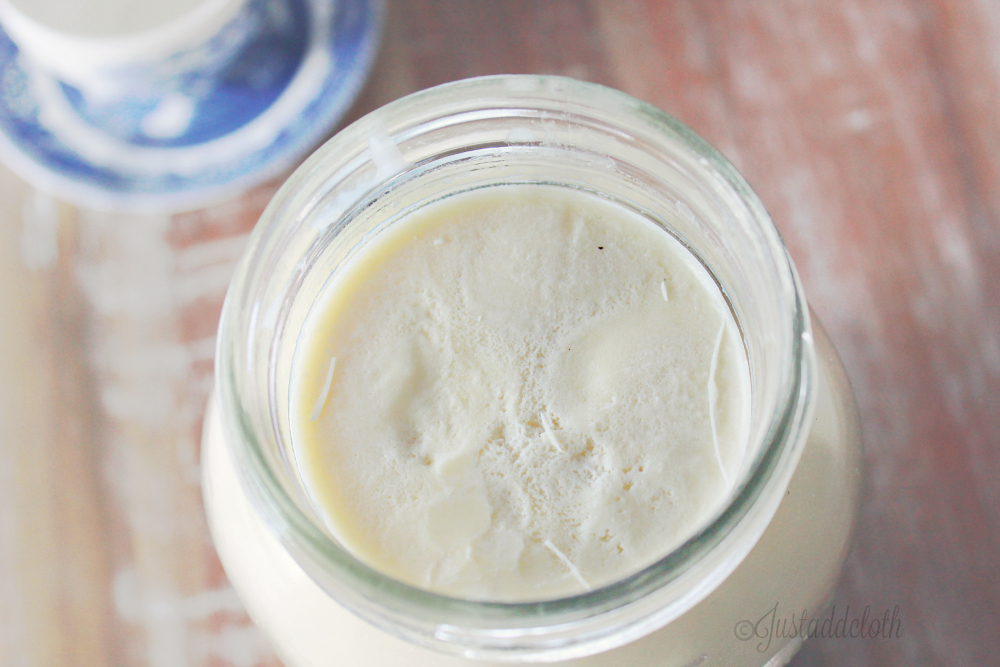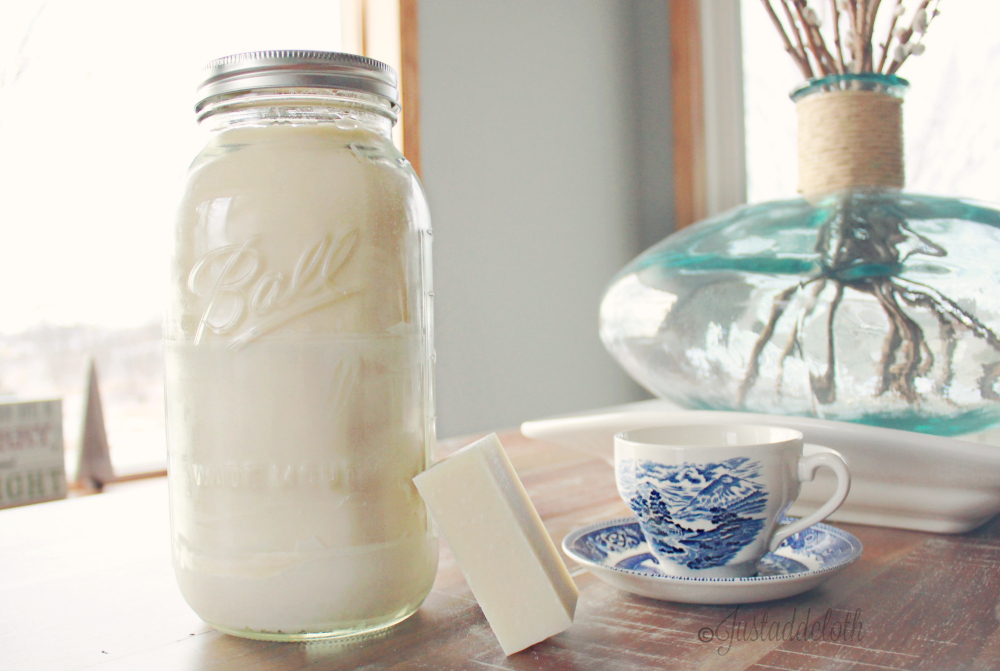 Rendered Grass-Fed Beef Tallow
Rendered Grass-Fed Beef Tallow
Render that fat!
Wait. What?
I am continuously flabbergasted by how many people buy a whole steer from a CSA or local farm, but then say “no thanks” to the bones and fat.
I will go into the bones topic another time. Today let’s talk fat.
Tallow is the name commonly used for beef fat. Although it is also used for deer fat, elk fat, moose fat, and horse fat. Since most people are familiar with cows, we will talk beef.
Tallow is used for frying foods, confit preparations, preservation, beauty products, moisturizer, wood conditioner, and much more.
With more and more people moving back toward older traditional lifestyles, we’ve seen an uptick in tallow usage again. One interesting thing is how many people purchase tallow instead of rendering it themselves.
When you butcher a steer or order one from a farm to table setup, ask for the fat and bones. (And the organs while you’re at it.) The bones and fat are usually tossed in for free.
You will generally get two kinds of fat: suet and trimmings. Suet is the fat located around the kidneys and other organs. Trimmings are the excess fat cut from the muscle meat that makes up your steaks and roasts. Some people only render suet, some render all of it. I do all of it.
Turn this big gross looking hunk of suet …….

……into this beautiful white rendered tallow!

Render your own beef fat the east way
- Thaw your fat if frozen.
- Trim away and meat or bloody bits.
- Cut up into small chunks.
- Place the cut up fat in a large crock pot.
- Add a cup of water.
- Turn crock pot to high and cover.
- After about eight hours, turn crock to low.
- Add more water if needed so as not to burn the fat.
- Keep lowly simmering it until all the fat is liquefied and water has evaporated. (About 36 hours.)
Fold a large sheet of cheesecloth into at least four layers and secure it over a glass container. I prefer to rubber band the cloth over a 64 ounce mason jar. Don’t use plastic.
Pour the liquid fat while hot, through the cheesecloth into the jar. Some people might repeat this process for whiter tallow. Mine is pretty close to snow White as long as my cheesecloth is a minimum of four layers. You do have to ladle the fat more slowly with thicker cloth layers.
Put a metal jar lid on your mason jar, and store in your fridge. You can leave your fat at room temperature, but it can eventually go rancid. I just prefer to store in the fridge or root cellar. For liability reasons, I will tell you to use it within a year for cooking.

Now, a word on odor.
Rendering fat is smelly business. If your steer/cow is grass fed, it can be even more smelly. Steers are stinkier than cows. Boars are stinkier than sows. Bucks are stinkier than does. Those pheromones and all.
But, all of it is going to have an odor.
When you buy commercial fat at the grocery store, it has often been filtered with chemical deodorizers to make it more neutral.
If that beefy smell is just too much for whatever you are using your tallow for, you can try deodorizing it a bit.
Melt it down and pour it back in that trusty crock pot. In a separate container, pour 1/3 cup baking soda into two cups water. Stir until dissolved. Add the soda liquid to the crock. Keep it on low, stirring as often as you have time for. Do this about eight hours. Turn off the heat and let the fat solidify. The fat and soda water will separate when cold. Pull out the fat and pour off the water. Melt your fat back down and pour through several layers of cheesecloth again into your jar.
This process with the baking soda will remove some of the stinkiness. It will NOT remove all odor. Any soaps or beauty products made with your home rendered tallow are going to have a slight smell. A bit of rose or lavender essential oil can go a long way to mask it though.
And there you go. One steer/cow should give you around 130 ounces of tallow, give or take. Mind you, I am talking about grass fed cattle, which tend to be leaner. A grain finished animal might have a different yield.





